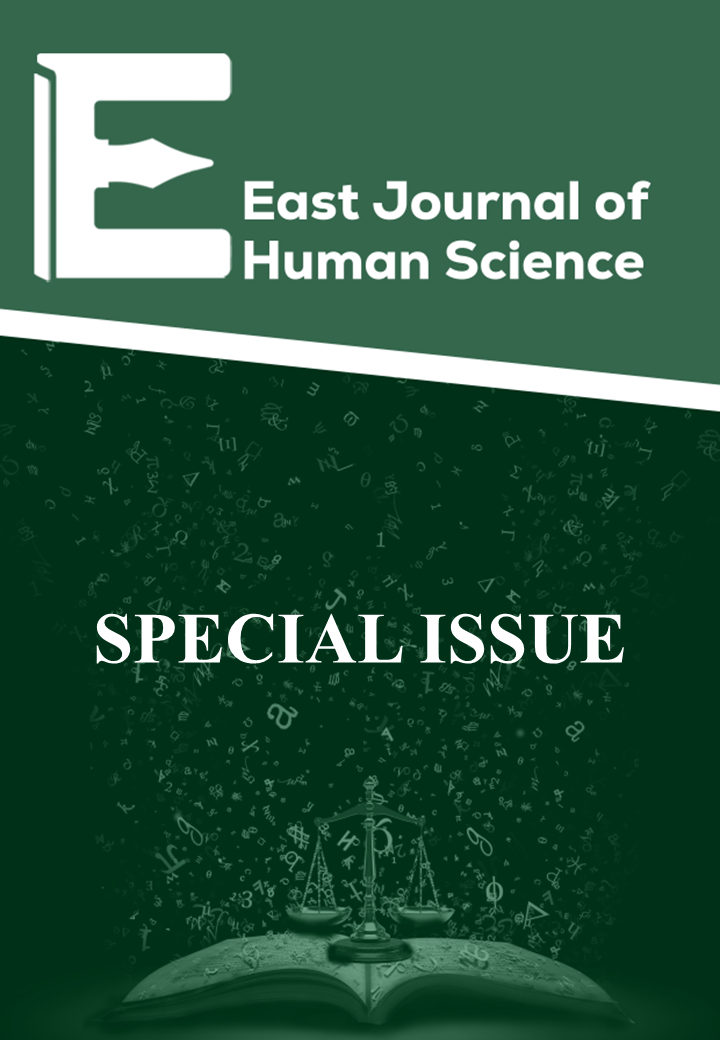Enhancing Customer Experience Through Product and Service Innovation: Evidence from a Quick-Service Restaurant in The Philippines
Main Article Content
Abstract
This descriptive study was conducted to determine customers' perceptions of innovation strategies for enhancing their experience in a Quick-Service Restaurant. The researchers used a modified-standard questionnaire to gather data, employing convenience sampling to select participants who were readily accessible and willing to participate. This study draws on customer responses from a McDonald’s quick-service restaurant in a town area of the Philippines. The researchers adopted the Top-Down Processing Theory to investigate the general beliefs, expectations, interpretations, and perceptions of customers regarding innovation strategies that encompass both product and service innovations, with the aim of enhancing their experience.
The findings indicated that the innovation strategies implemented by the quick-service restaurant enhanced customer experience. The aspect of "ability to personalize orders" within product innovation garnered the highest score, indicating that customers highly valued the opportunity to customize their orders. Furthermore, in service innovation, the customer's perception of "order accessibility and transparency" scored the highest. This implied that customers placed significant importance on the ease with which they could access information about their orders and the transparency of the entire order process.
The researchers concluded that product and service innovation strategies, specifically the personalization of orders and the provision of order accessibility and transparency, resulted in an enhanced overall customer experience. Based on its perceived assessment in enhancing customer experience, it was further concluded that the introduction of quick-service restaurant innovation strategies made customers feel valued, bringing positive instances for improving their experience.
Article Details
Section

This work is licensed under a Creative Commons Attribution 4.0 International License.





